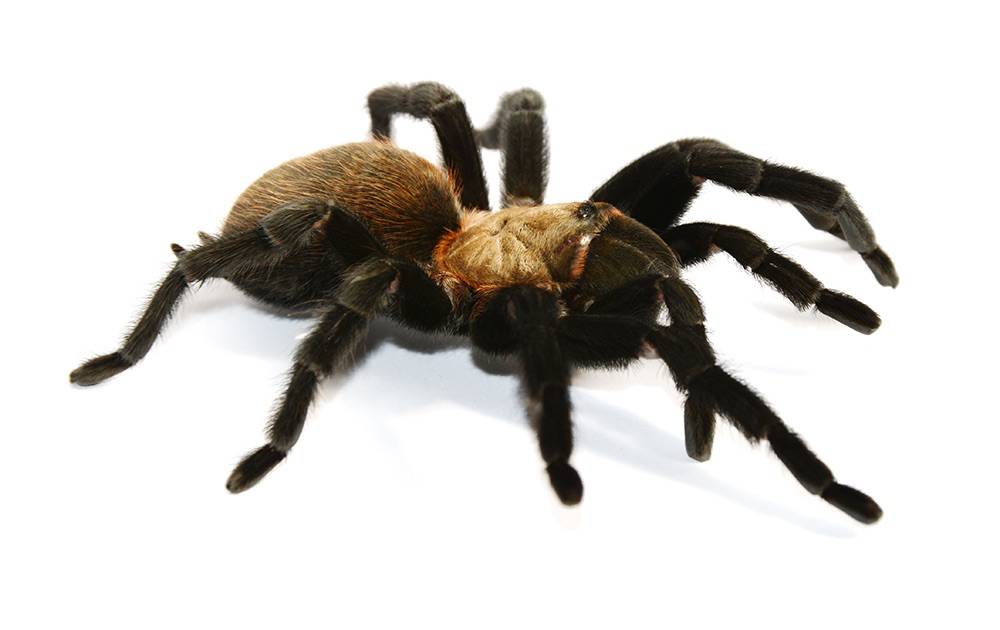Spider Research Yields Fascinating Results
July 20, 2015
Claremont Colleges biology researchers studying neuro-musculo-skeletal systems are trying to understand how temperature affects arachnid hemolymph viscosity, and how this in turn might affect a spider’s running performance.
With students from Harvey Mudd and Pitzer Colleges and Professor of Biology Stephen Adolf, Associate Professor of Biology Anna Ahn conducted a study of Texas brown tarantulas. Ahn and her team hypothesized that the tarantula would either decrease coordination under colder conditions and/or decrease coordination under warmer ones.
Spiders inflate their joints with hemolymph—a fluid analogous to blood in vertebrates—in order to facilitate joint movement, in the same way hydraulic fluid serves to propel robotic limbs by shooting in and out. As temperatures drop, fluid viscosity increases, explaining why spiders run slower in colder conditions and faster in hot ones.
However, the team also discovered that when the spider ran more rapidly at higher temperatures, it did so more unsteadily, suggesting the coordination of multiple, in-series hydraulically actuated joints may limit running speed. In other words, the tarantula may be too fast for its own good.
“The hydraulic mechanism may hinder joint extension at very high stride frequencies, suggesting an upper limit to how fast they can extend their legs using hydraulics and perform essential cyclic activities like running or prey capture,” says Ahn.
In addition to spider ecology, the design of multi-legged walking machines has incorporated biologically inspired hydraulically extended joints. The advantages of minimizing space and lowering leg mass of hydraulically extended joints in a leg system may be offset by the potential disadvantage of reduced control at faster stride frequencies.
